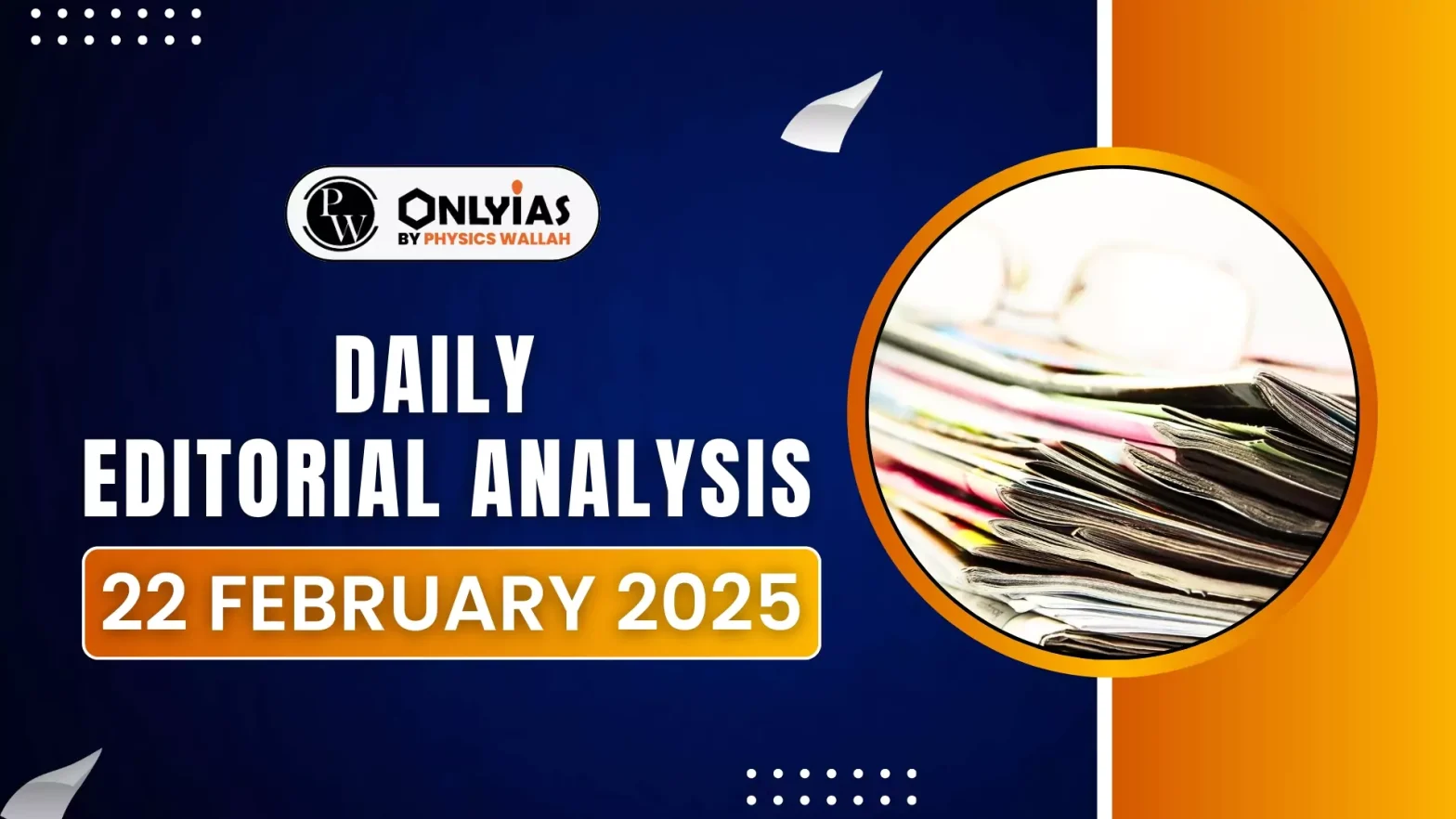![]() 22 Feb 2025
22 Feb 2025

According to the latest data from the Unified District Information System for Education, the number of women school teachers increased from 47.1 lakh to 52.3 lakh
Empowering women educators enriches learning environments, fosters societal progress, and strengthens national development.
| Mains Practice Question: |
|---|

<div class="new-fform">
</div>